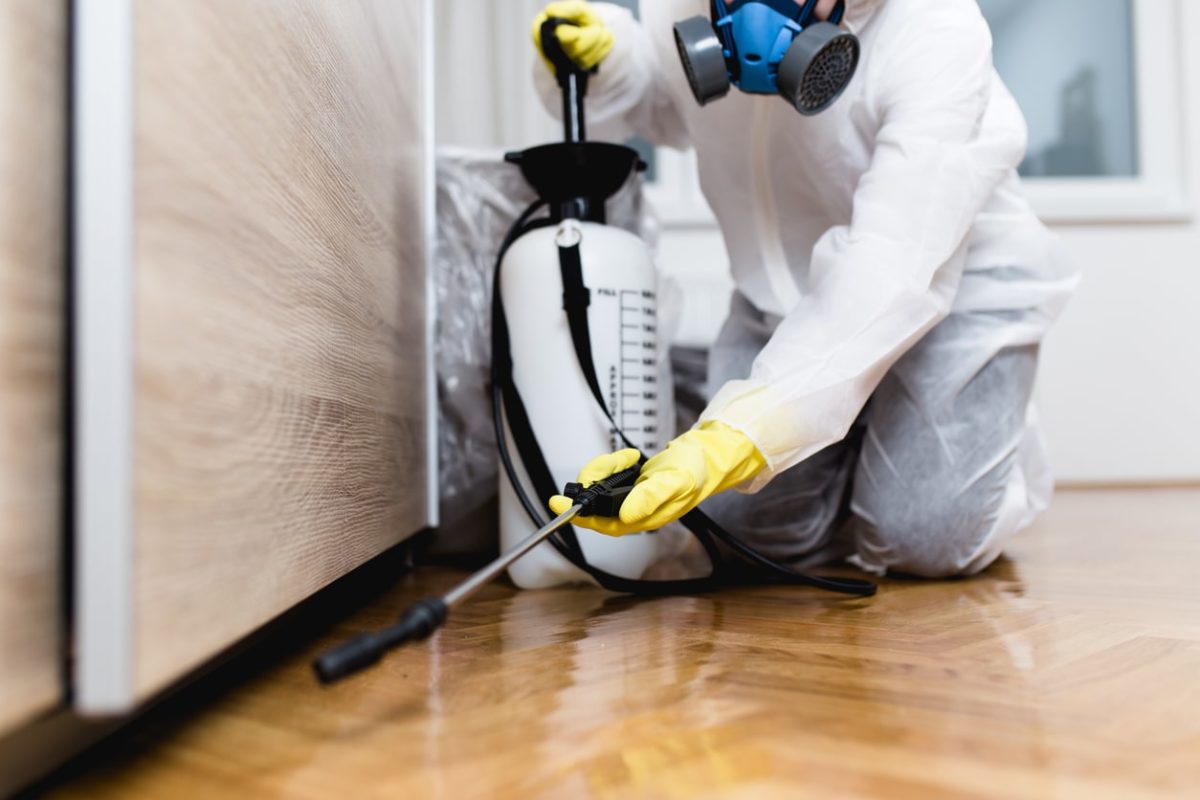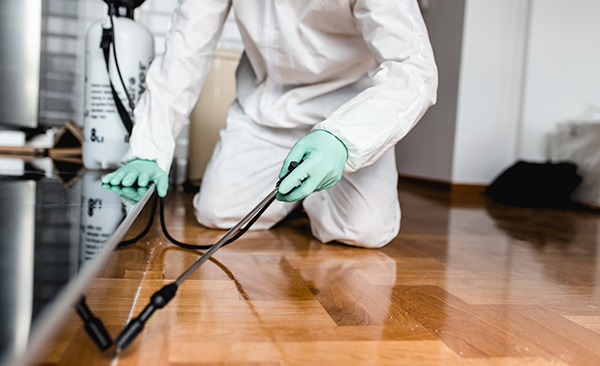Discovering Infestation and Treatment Techniques in the World of Pest Control
The landscape of bug control incorporates a myriad of challenges, particularly as problems of typical home bugs continue to develop. By incorporating precautionary actions with innovative management techniques, such as Integrated Parasite Monitoring (IPM), house owners can much better safeguard their atmospheres.

Usual Home Pests
When it comes to managing our home, recognizing usual house insects is essential. These insects not only interrupt our comfort yet can also posture health and wellness dangers and damages residential or commercial property. The most widespread home parasites consist of ants, cockroaches, rats, termites, and bed insects.
Ants, often seen foraging in kitchen areas, can pollute food and develop huge swarms. Rats, consisting of mice and rats, can trigger structural damage and lug diseases like hantavirus and salmonella.
Recognizing the indications of these parasites, such as droppings, nests, or attack marks, is necessary for very early treatment (Pest Control Lockhart). Correct sanitation methods, sealing entrance factors, and maintaining a clutter-free setting work preventative procedures. By determining these typical home parasites and recognizing their behaviors, house owners can take proactive actions to reduce problems, making sure a much healthier living setting
Recognizing Pest Infestations
Parasite invasions can intensify swiftly, turning a small aggravation into a significant trouble if not addressed promptly. Common elements adding to invasions consist of poor hygiene, architectural susceptabilities, and seasonal modifications that drive insects inside.
Identifying the type of bug is necessary, as different types show different habits and reproductive prices. Rats might establish nests in surprise areas while insects like roaches flourish in wet environments. Early detection commonly rests on recognizing signs such as droppings, munch marks, or unusual noises, which can indicate a problem prior to it ends up being extreme.
Warm, moist climates can facilitate the quick development of parasite populations, while adjustments in landscape design or building and construction can accidentally develop helpful atmospheres. An informed approach to recognizing these dynamics lays the groundwork for effective insect monitoring strategies in the future.
Treatment Techniques and Strategies
Efficient therapy techniques and strategies are essential for mitigating parasite invasions and restoring a risk-free environment. A diverse technique is usually best, integrating chemical, organic, and mechanical approaches customized to the details bug and the seriousness of the problem.
Chemical treatments include making use of pesticides and herbicides, which can properly eliminate bugs. Appropriate application and adherence to security standards are crucial to minimize threats to human beings and non-target microorganisms. Integrated Bug Management (IPM) urges the cautious use chemicals as a last resort, relying instead on tracking and limit degrees to figure out intervention requirements.
Organic control approaches include presenting all-natural predators or parasites to minimize insect populations. This technique is significantly prominent, particularly in farming settings, as it advertises ecological sustainability.
Mechanical techniques, such as catches and barriers, provide prompt relief from parasites without introducing chemicals. Options include sticky catches for insects or physical obstacles for rodents.
Inevitably, the option of therapy approach ought to take into consideration the certain bug, the atmosphere, and prospective effect on human health and communities. A balanced mix of these strategies can properly take care of problems pop over to these guys while advertising long-lasting bug control solutions.
Preventative Actions for House
Proactively attending to pest issues before they rise is important for keeping a healthy and balanced home setting (Pest Control Lockhart). Implementing efficient preventative procedures can substantially reduce the possibility of infestations, eventually safeguarding both your building and health

Proper landscaping likewise plays a vital function in avoidance. Keeping shrubs and trees trimmed away from the residence decreases the opportunities of insects locating their method inside your home. Additionally, make sure that drain systems are operating efficiently to avoid standing water, which can attract mosquitoes and various other insects.
Lastly, regular assessments are suggested. Frequently checking for indications of parasite activity allows for very early treatment. By embracing these safety nets, house owners can develop an environment that is less hospitable to bugs, thereby enhancing their general lifestyle and lowering the requirement for considerable pest control interventions.
Business Parasite Control Approaches
An extensive technique to business parasite control is crucial for companies intending to maintain a secure and sanitary environment. Efficient methods involve a mix of regular assessments, staff member training, and the execution of Integrated Bug Monitoring (IPM) techniques.
Regular evaluations allow early discovery of pest task, permitting timely intervention. Organizations need to create a routine timetable for these assessments, concentrating on risky areas such as cooking areas, storage areas, and garbage disposal sites. Worker training is equally important; staff must be informed on the indicators of bug problems and the significance of reporting them instantly.
Implementing IPM techniques helps alleviate bug concerns sustainably. This consists of environment alteration, such as sealing entry points and decreasing clutter, in image source addition to utilizing all-natural deterrents prior to turning to chemical therapies.

Additionally, teaming up with a qualified parasite control provider guarantees access to expert knowledge and advanced therapy alternatives. This collaboration can cause tailored bug control prepares tailored to the specific needs of the business, minimizing threats and boosting general effectiveness. Ultimately, a proactive and enlightened strategy promotes a pest-free atmosphere, safeguarding both public health and organization online reputation.
Final Thought
In conclusion, efficient parasite control requires a thorough understanding of common family pests and their habits, paired with targeted treatment techniques. Applying preventive procedures along with treatment methods such as Integrated Parasite Management and biological control review boosts the capacity to reduce invasions.